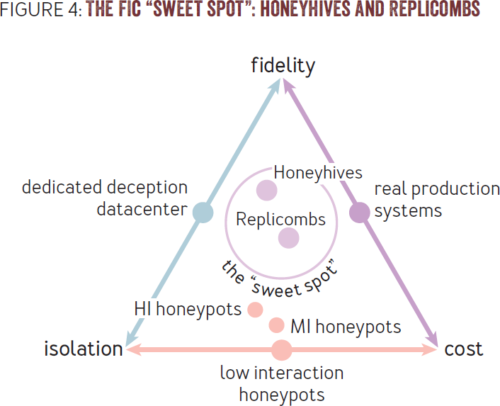Bellingcat has posted a nice “beginner guide” to fact checking social media, which could also be called a history 101 class:
- Originality: check for earlier versions of the same
- Source: check for prior disconnects
- Location: check for disconnects
- Timing: check for disconnects
- Motivation: check for obvious bias
Missing from this list is integrity and thus checking for manipulation. Despite the dry table of contents, I appreciated the examples and details in the sections that followed.
At the very least, the fact that the image has been manipulated should be a red flag that the claim should be treated with extreme caution and is highly unlikely to be true.
Other examples of manipulated videos or images going viral and how they were debunked can be found here, here and here.
It is important to note, however, that manipulated images are far rarer than old images posted out of context or intentionally mislabelled in order to mislead.
Although there are tools that can detect manipulated images, these are often cumbersome and complicated to use. The most effective way to contextualise the images we see online is generally to use common sense and some of the very basic techniques described in this article.
Reminds me of any engineering. Often you can look at wiring or plumbing and common sense immediately tells you something is wrong. Sophisticated scientific tools are overkill if you have any idea how things should work normally.
A good example of this is in my post about a British Spitfire tipping the wing of the Nazi V1.
The inverse of this discussion is the “FIC Trilemma” laid out in a new guide to building deception, which describes steps to take given people seeking truth can be “attackers”.
Software engineering teams can exploit attackers’ human nature by building deception environments.
